Crazy cursive, which gives people artistic feeling and enlightenment, is beyond the reach of other calligraphy styles. To write cursive script well, one must have a solid foundation, mainly passing the "five tests". Now it is described as follows:
The first dynamic level. The strokes of wild cursive script should be combined with movement and stillness, so that movement wins. Wang Yong of the Tang Dynasty talked about Huai Su's wild grass cloud: "Suddenly make wind and lightning, and even more flying flowers and scattered snow. Cold apes drink water to shake dry vines, and strong men raise their eyebrows like strong iron." This description shows that dynamics is the key to wild grass. Features, if there is no movement, it is not called wild grass. How to write with a sense of movement? First of all, you must pay attention to the strokes of the pen, and you must not make the lines the same thickness. As long as you are proficient in lifting and pressing, the lines will be light and heavy, fat and thin, and you can see the momentum of stippling, and it will naturally move. Secondly, we must pay attention to the shape and dynamics of the structure. Many pictographic characters, which are easy to shape, should be carefully designed to make their shapes lively and full of vitality. Once again, we should also pay attention to the dynamics of the chapter. A good cursive script work should be able to arrange: the characters are big and small, upright and sideways, along the main axis, sometimes galloping straight down, sometimes swinging left and right. Coupled with a few eye-catching "words" (referring to big characters that are easy to shape), the whole work will appear flamboyant, which will naturally strongly attract viewers to repeatedly taste, associate,
Second smooth pass. Wild grass is the most avoid sluggishness, and the most important thing is Liumei. To pass the level of fluency, one must first practice one-stroke writing? Many cursive characters can be written in one stroke. Sometimes there are many strokes that are not connected, but the blood must be continuous, that is, the strokes will be broken. Once you have practiced one stroke into Chinese characters, it can be said that more than half of the fluency problem has been solved; if you go further, you must solve the problem of coherent writing. The qi mentioned here refers to the momentum of the words, not to write a few lines in one breath. For a chapter, it is to be written like flowing clouds and flowing water, with a continuous atmosphere; For example, in Zhang Xu's "Four Posts of Ancient Poems", it can be seen that the qi veins are connected under the premise of emphasizing the union. However, Huai Su's "Self-narration Tie" is informal, free and unrestrained, free and unrestrained, with hundreds of characters written in one go. Its ability to control brush and ink and its ingenious modeling and white layout are difficult for future generations to achieve. To grasp the fluency of the text, we must pay attention to how words and characters, lines and lines are naturally connected, and we must use the technique of leading and pulling silk to deal with it, but we must not have too many loose threads, and do not forcefully connect those that are not easy to connect. What we are talking about here is the artistic style of continuous grass. As for how to achieve fluency in Zhangcao and Jincao, it cannot be generalized, and should be grasped according to different characteristics and requirements.
The third level of change: the strokes, structure and composition of cursive script are all about change. For example, in the style of brushwork, all calligraphic styles advocate the use of brushes at the center to show the strength of strokes, while Kuangcao does not reject the use of brushes at the side for the sake of beauty and magnificence. The cursive pen emphasizes that the center is the main and the side is supplemented, complementing each other, blending rigidity and softness, twisting and twisting circular arcs, so many lines in Kuangcao appear round but not round, square and not square, and sometimes mixed with Miscellaneous some strokes of seal script, official script, and regular script, or reverse the order of strokes, etc. It can be said that mastering the brushwork of cursive script proficiently will obtain the soul of wild cursive script. Another example is the changeable font structure. The size, weight, straightness, gathering, and interlacing of cursive characters emphasize natural changes and combinations, not patchwork, so that they can show various poses and enhance the artistic charm of cursive script. As for the changeability in the whole text, it should be ups and downs, patchwork, reflecting different artistic styles.
Fourth rhythm off. Cursive cursive is much faster to write than other scripts, mainly due to the simplification of the font (using symbols) and continuous strokes. Therefore, it cannot be considered that the faster the cursive is written, the better. Although Jishu can reflect the proficiency in mastering lines, fonts, composition, and ink colors, it is not an easy task to achieve it in one go. It is the result of mature skills. Therefore, in addition to mastering the speed of writing cursive, you must pay more attention to the rhythm. You must strictly abide by the rules and regulations, and you must not scribble at will. This requires that when writing, alternating between slow and slow, lifting and pressing, and clear strokes. When it needs to be fast, such as the flying strokes, it must be fast, and if it is slow, the flying effect will not appear; some strokes need to use the austere method, and the speed must be slower---the rhythm is more difficult to grasp. Astringency, if the speed is too fast, no astringency can be seen, and if too much ink is used, it will not appear. It is necessary to master the speed and the amount of ink to be appropriate.
The fifth spirit level. This is the hardest part. What is spirit? It generally refers to the spirit and mood of calligraphy. To pass this level, you must have both form and spirit, and the spirit is the first, followed by the form and quality. Form and quality are the premise and basis for producing spirit. To pass the test of spirit, there is no doubt that more efforts should be made on form and quality. But it should also be understood that it is not all, because the spirit also comes from the grasp of the spirit of the times: from this we can say that the idea is more important than the shape. If you don’t feel good, where does your spirit come from? It should be known that cursive script is a lyrical art combining imagery. Only by educating and motivating oneself first can it inspire others and resonate with them.
To sum up, to pass the "five levels" of Kuangcao, one must practice the internal skills of calligraphy well, and at the same time must pay attention to the practice of external skills of calligraphy. What is the external skills of calligraphy? There are many, such as piano, chess, painting, poems, words, songs, Fu, drama, music, as well as politics, history, philosophy and other subjects. You must be proficient in these things. If you don’t know calligraphy, you can’t reach a certain level. Only these If you are proficient in all of them, only Kuangcao calligraphy can achieve enlightenment.
Appreciation of Wang Duo's Cursive Script "Fengling Gewei Poetry Volume"
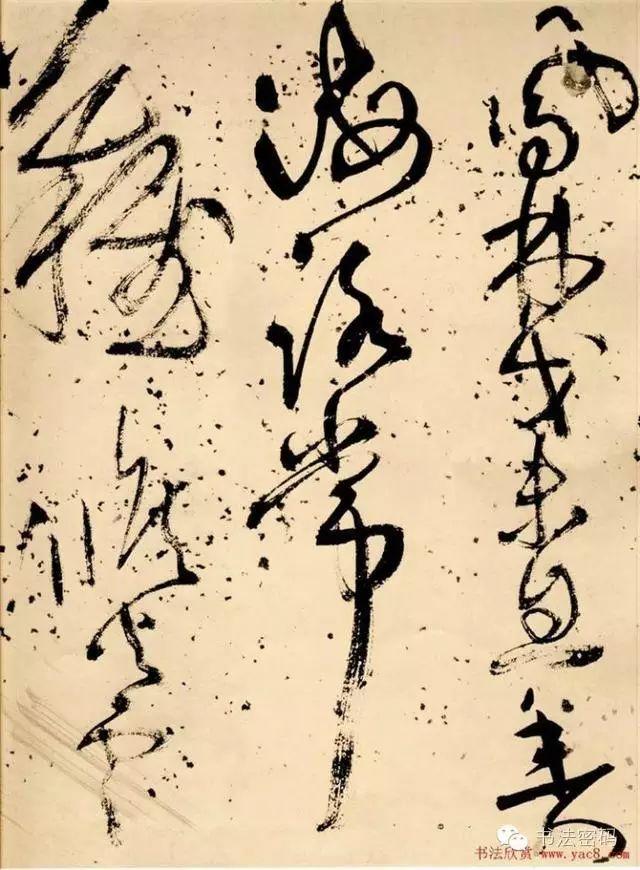

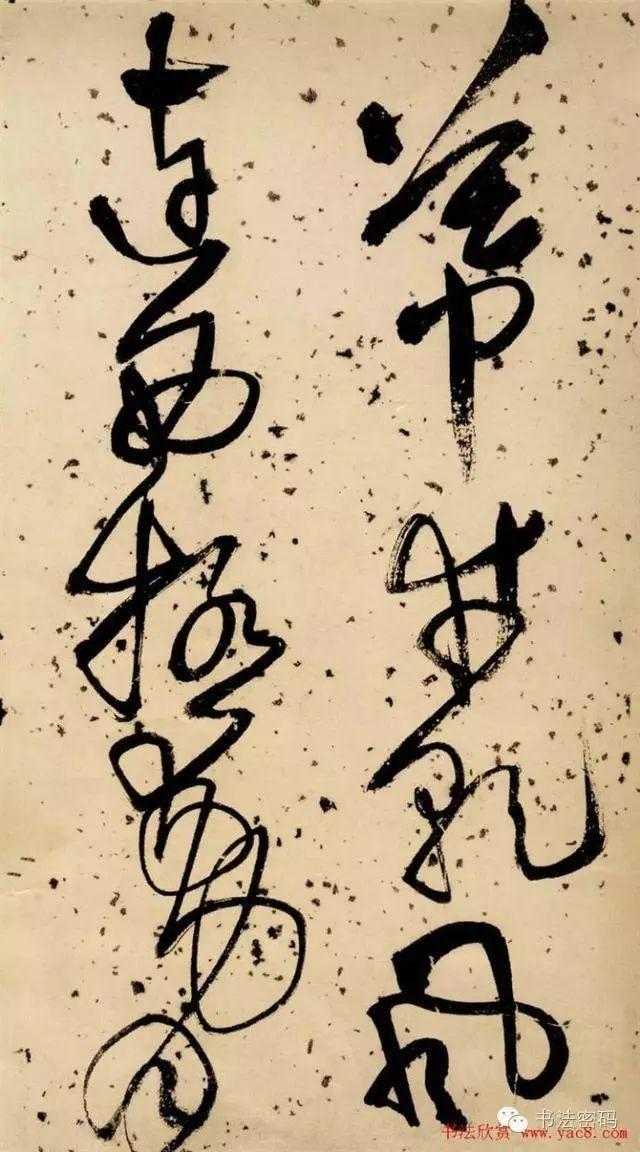
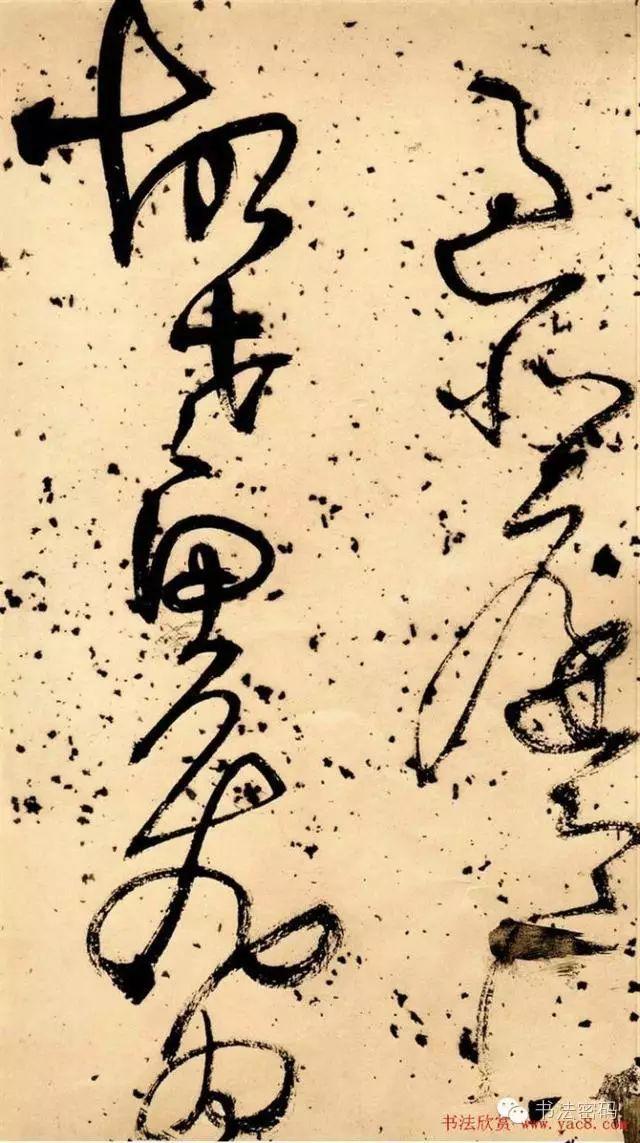
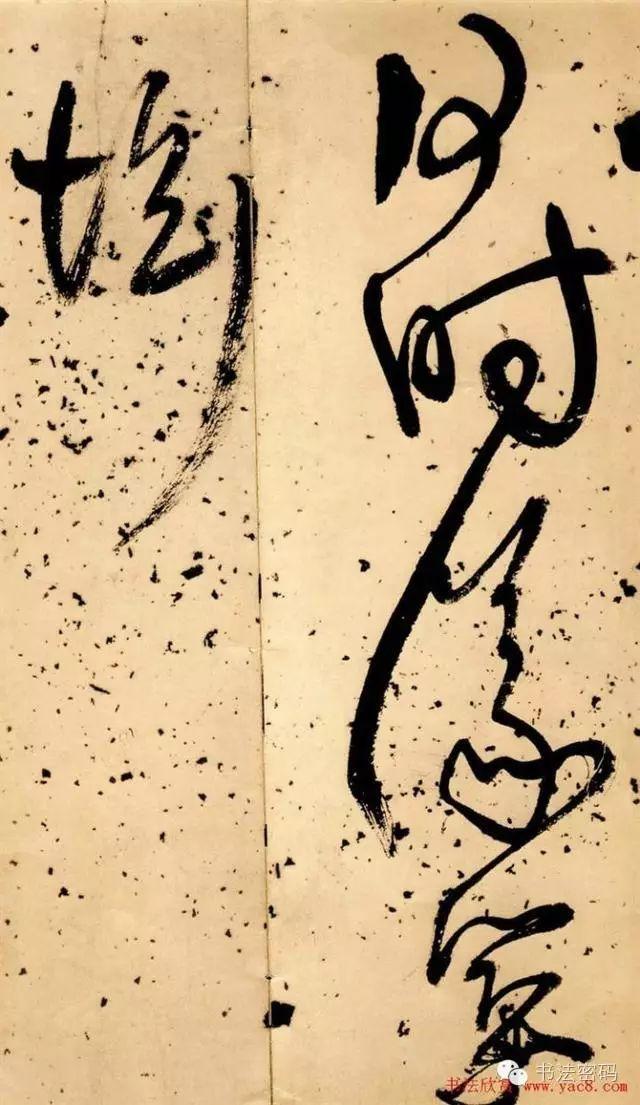
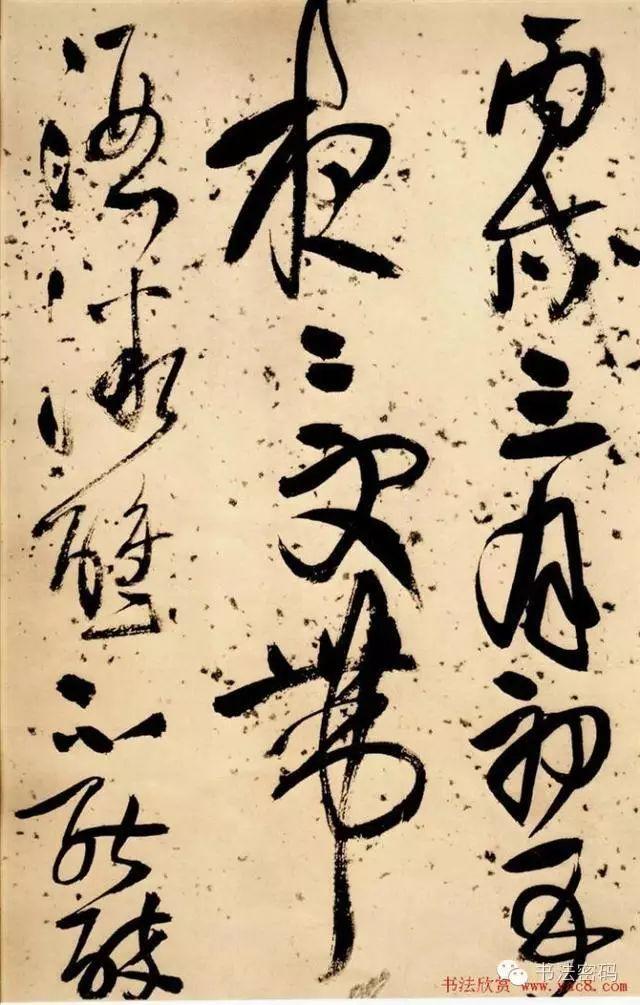
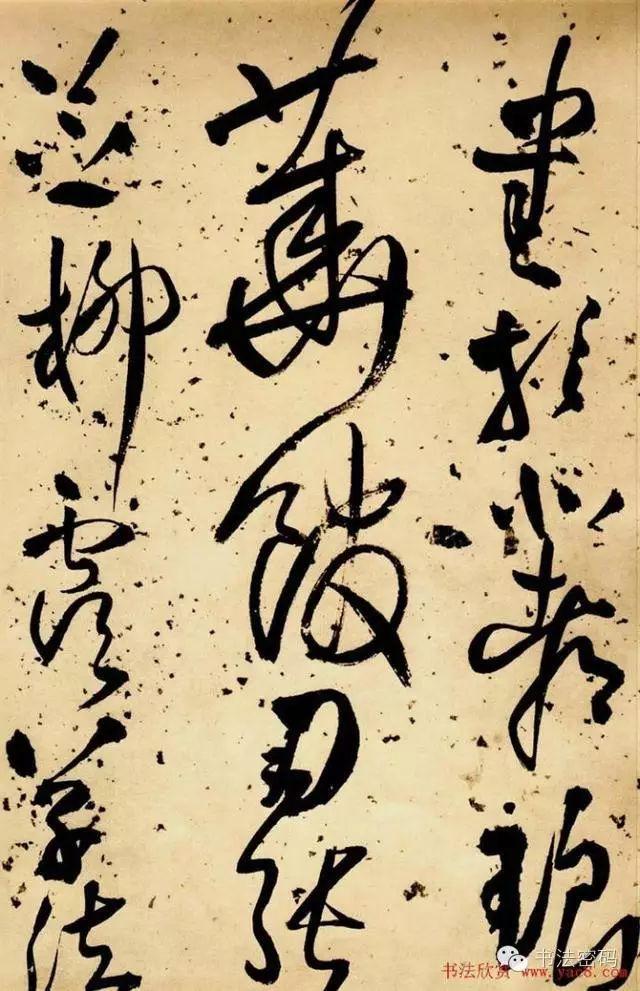
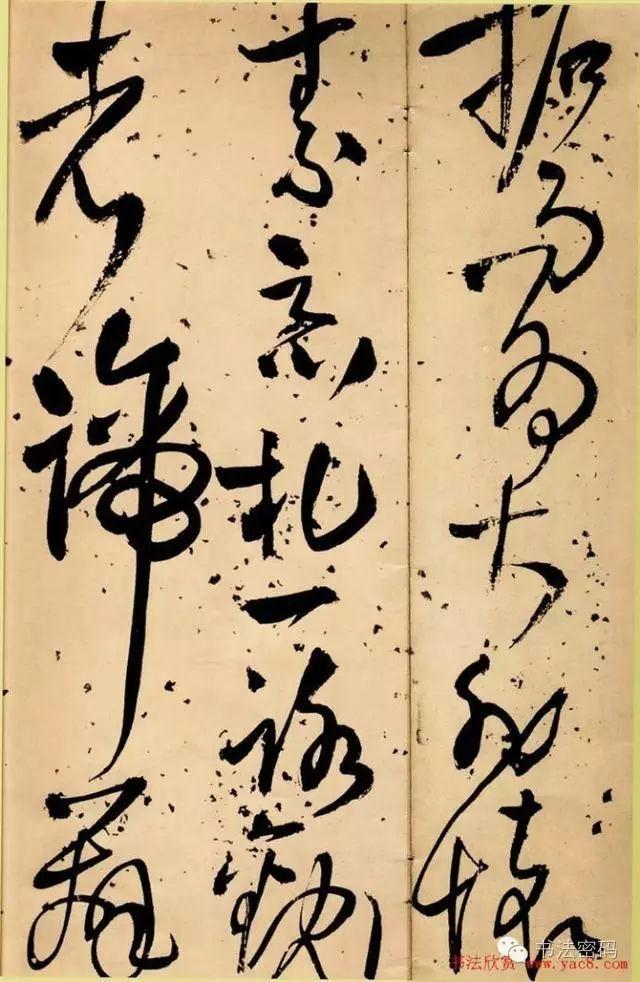
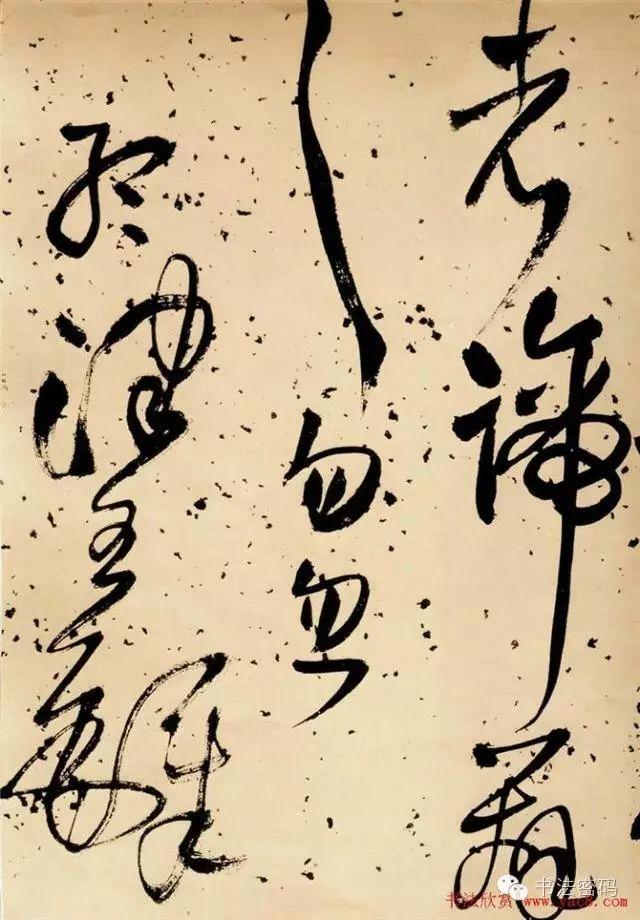
Zoom out to see ------
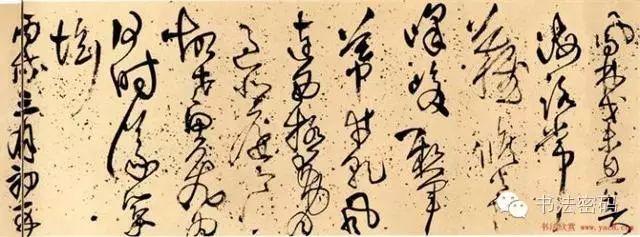

Articles are uploaded by users and are for non-commercial browsing only. Posted by: Lomu, please indicate the source: https://www.daogebangong.com/en/articles/detail/To%20write%20wild%20cursive%20well%20you%20must%20pass%20the%20five%20levels.html

 支付宝扫一扫
支付宝扫一扫 
评论列表(196条)
测试